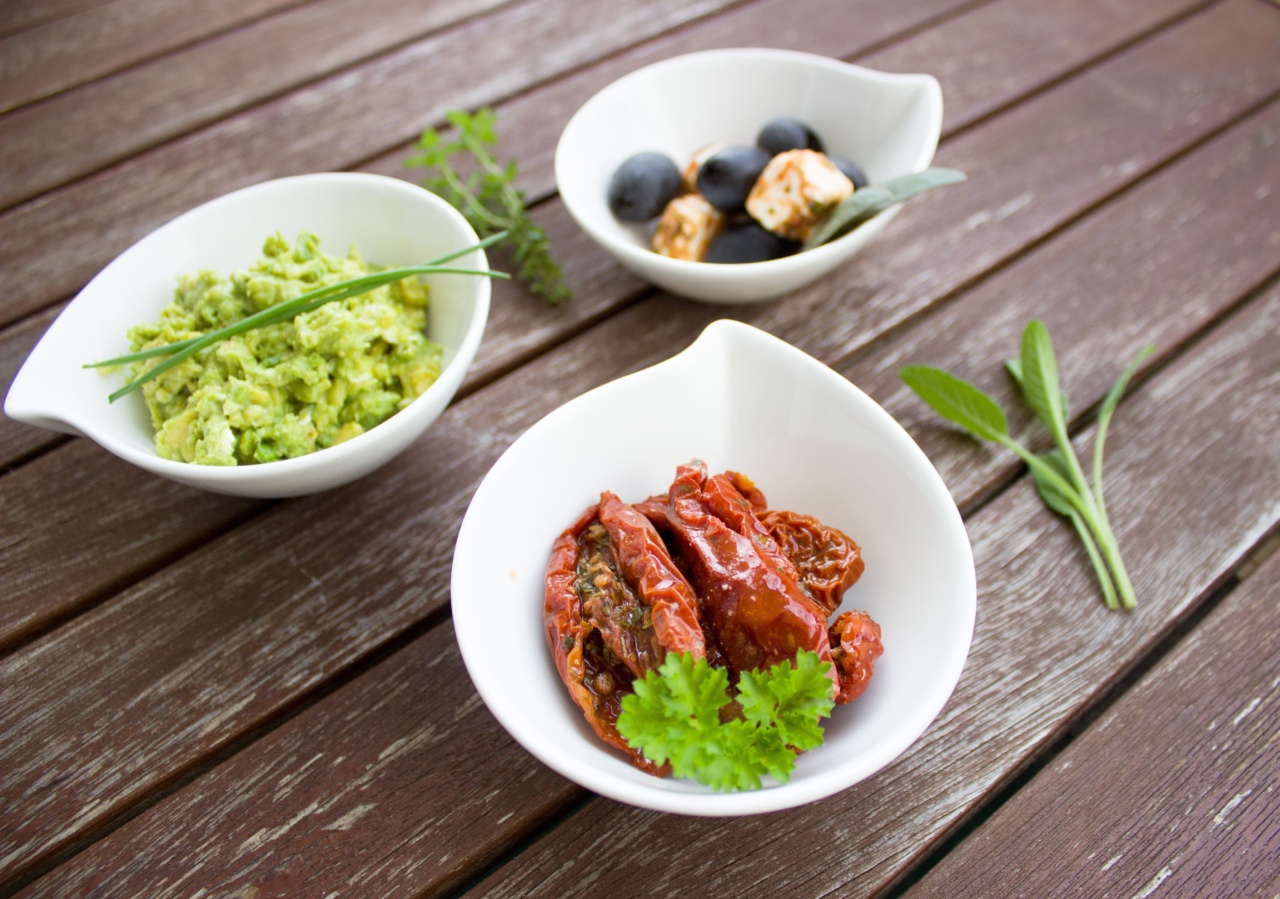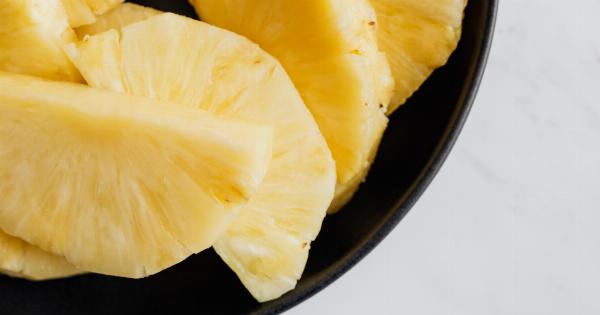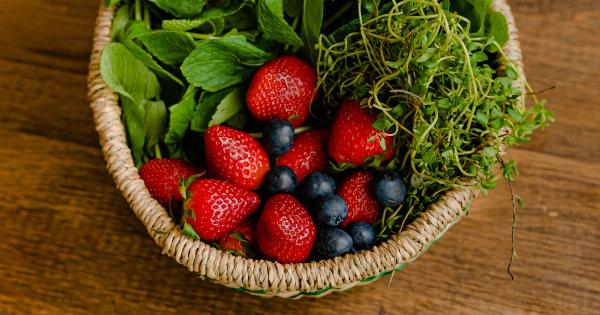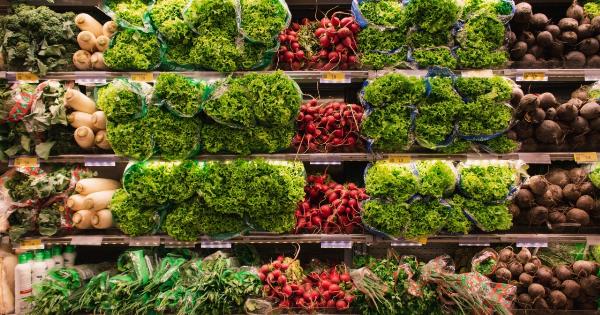Fruits and vegetables are an essential part of a healthy diet, providing numerous vitamins, minerals, and fiber. However, it is crucial to be aware of the quality of the produce we consume, especially when it comes to pesticide levels.
Pesticides are chemicals used to control pests, but excessive exposure to them can have detrimental effects on our health. In this article, we will explore twelve fruits and vegetables known to have high pesticide levels and provide photos as evidence.
The Dirty Dozen: Fruits
Fruits are often considered a staple in a balanced diet, but some varieties tend to have higher pesticide levels. Here are the top six fruits known as the “Dirty Dozen”:.
1. Strawberries
 .
.
Strawberries, one of the most beloved berries, are unfortunately notorious for their high levels of pesticides. It is recommended to opt for organic strawberries to minimize exposure to these harmful chemicals.
2. Apples
 .
.
Apples also make the list of fruits with high pesticide levels. The chemicals sprayed on apple trees can seep into the flesh of the fruit, making it crucial to choose organic apples whenever possible.
3. Grapes
 .
.
Grapes, particularly the ones grown conventionally, often have a significant amount of pesticides present on their skin. If you are unable to find organic grapes, thoroughly washing them before consumption is essential.
4. Peaches
 .
.
Peaches are delicious, but they are also frequently exposed to pesticides during their cultivation. Look for organic peaches to minimize your intake of harmful chemicals.
5. Nectarines
 .
.
Nectarines, a close relative of peaches, share the same vulnerability to pesticides. Choose organic nectarines whenever possible to reduce your exposure to these potentially harmful chemicals.
6. Cherries
 .
.
Cherries are a delightful summer treat, but they also tend to contain high pesticide levels. Opting for organic cherries is the best way to enjoy these fruits without unnecessary exposure to harmful chemicals.
The Dirty Dozen: Vegetables
In addition to fruits, some vegetables should also be consumed with caution due to their potential pesticide content. Here are six vegetables that make the “Dirty Dozen” list:.
1. Spinach
 .
.
Spinach is a nutritious leafy green vegetable, but it is known to have a high pesticide load. When purchasing spinach, prioritize organic options to minimize exposure to harmful chemicals.
2. Kale
 .
.
Kale, a popular superfood, can harbor considerable pesticide residues. It is advisable to choose organic kale to ensure you are getting the maximum health benefits without unnecessary exposure to pesticides.
3. Potatoes
 .
.
Potatoes, a staple food in many households, are commonly treated with pesticides during their cultivation. Opt for organic potatoes or consider alternatives like sweet potatoes to minimize pesticide intake.
4. Bell Peppers
 .
.
Bell peppers, in various vibrant colors, can contain high levels of pesticides when grown conventionally. Whenever possible, choose organic bell peppers to limit exposure to these harmful chemicals.
5. Tomatoes
 .
.
Tomatoes, a versatile fruit often used in cooking, are frequently subject to pesticide use. Opt for organic tomatoes or consider growing your own pesticide-free tomatoes at home.
6. Cucumbers
 .
.
Cucumbers, commonly eaten fresh or pickled, may also contain higher levels of pesticides. Choose organic cucumbers or consider growing your own to enjoy this refreshing vegetable without concern.
Conclusion
While consuming fruits and vegetables is important for maintaining a healthy lifestyle, it is equally vital to be aware of the pesticide levels in our produce.
The twelve fruits and vegetables mentioned in this article have been found to have high pesticide content, making it crucial to opt for organic options whenever possible. By making informed choices, we can reduce our exposure to potentially harmful chemicals and prioritize our well-being.





























